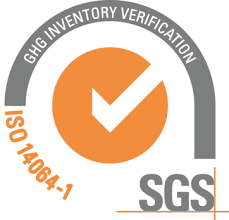Roller bearings are designed to support high radial loads in electric motors, offering greater load capacity than ball bearings due to their larger contact area. They are commonly used in larger motors and are especially well-suited for belt-driven applications, where increased radial forces require a more robust bearing to ensure reliable performance and longevity.
- Radial loads
- Heavy belt drive applications

